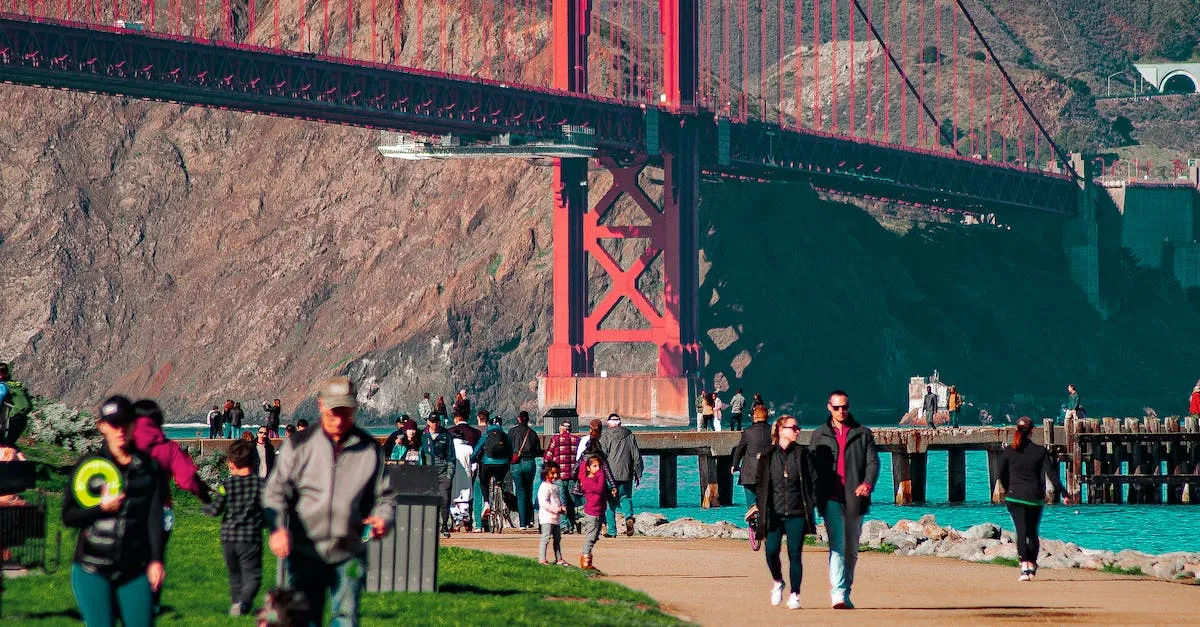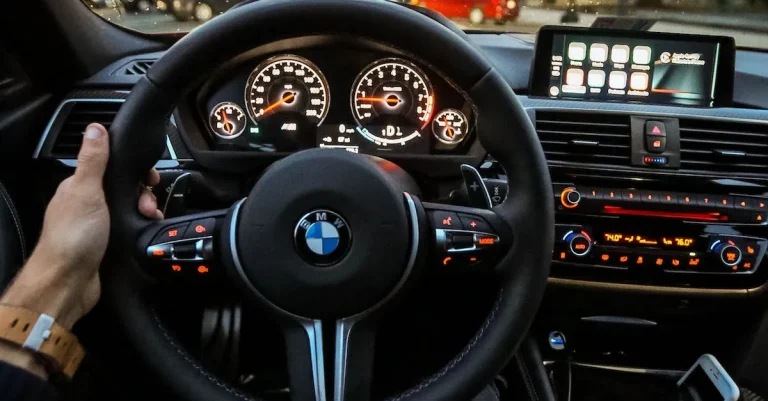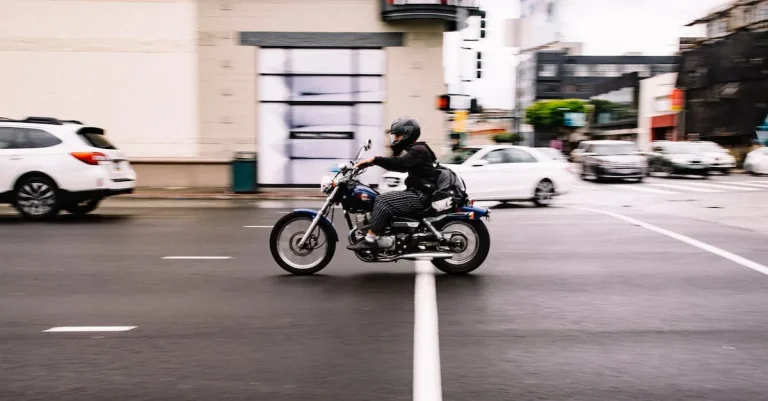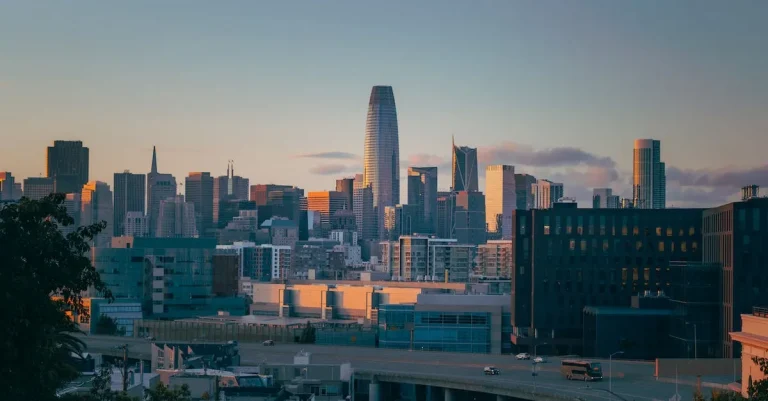Right On Red In California
Turning right at a red light is common driving practice across most of the United States. But does California allow right turns on red, and if so, are there any restrictions drivers should know about?
If you’re short on time, here’s a quick answer: Right on red is legal throughout California, except where prohibited by a sign or red arrow.
California’s Statewide Right on Red Laws
California’s right on red laws allow drivers to make a right turn at a red light after coming to a complete stop, under certain conditions. These laws are in place to improve traffic flow and convenience for drivers, while still prioritizing the safety of pedestrians and other road users.
Right Turn Permitted After Full Stop
When approaching a red light, drivers in California are allowed to make a right turn after coming to a complete stop, as long as there is no sign indicating otherwise. This rule applies to both residential and commercial areas, making it convenient for drivers to navigate through intersections.
Did you know? California is one of the many states in the United States that allows right turns on red. Other states have similar laws, but it’s important to familiarize yourself with the specific regulations of the state you are driving in.
Yielding to Pedestrians and Traffic
While making a right turn on red is permitted, it is crucial for drivers to yield to pedestrians and oncoming traffic. Before making the turn, it is essential to check for any pedestrians crossing the intersection and to give them the right of way.
Additionally, drivers must yield to any oncoming vehicles, ensuring a smooth and safe flow of traffic.
Remember: Pedestrians always have the right of way, so it’s important to be cautious and patient when making a right turn on red. Be aware of your surroundings and ensure the safety of others.
Turning into Correct Lane
When making a right turn on red, it is important to turn into the correct lane. Drivers must turn into the lane closest to the right-hand curb or edge of the roadway. This ensures that traffic flow is maintained and prevents any potential accidents or confusion with other drivers.
Tip: Always use your turn signal when making a right turn on red. This helps to communicate your intentions to other drivers and pedestrians, promoting a safer driving environment.
For more information on California’s right on red laws and other traffic regulations, you can visit the California Department of Motor Vehicles website. It is always recommended to stay updated on the latest laws and regulations to ensure a safe and enjoyable driving experience.
Exceptions to Right on Red
While California law allows drivers to make a right turn on a red light after coming to a complete stop, there are certain exceptions to this rule. It is important for all drivers to be aware of these exceptions in order to avoid any potential traffic violations or accidents.
Red Arrow Prohibits Turn
One of the main exceptions to making a right turn on a red light is when there is a red arrow signal. A red arrow indicates that making a right turn is not allowed, even if there are no other cars or pedestrians in sight.
It is crucial to obey these signals and wait for the green arrow before proceeding with your turn.
No Turn on Red Signs
Another exception to the right on red rule is when there is a sign specifically prohibiting right turns on red. These signs are typically posted at intersections where it may be unsafe or impractical to make a right turn on a red light.
It is important to pay attention to these signs and wait for the green light before making your turn.
Local Ordinances in Some Cities
In addition to the state law, some cities in California have their own local ordinances that further restrict or prohibit right turns on red. These ordinances are usually put in place to enhance safety in areas with high pedestrian or vehicle traffic.
It is important to be aware of and respect these local ordinances to avoid any potential fines or penalties.
It is always a good idea to familiarize yourself with the specific traffic laws and regulations in the areas you will be driving in. This will help ensure that you are following the rules of the road and promoting a safe driving environment for everyone.
For more information on California traffic laws, you can visit the official California Department of Motor Vehicles website: www.dmv.ca.gov.
Safely Turning Right on Red
When driving in California, it is important to understand the rules and regulations regarding turning right on red. This traffic maneuver can save time and improve traffic flow, but it must be done safely and responsibly. Here are some key points to keep in mind when making a right turn on red.
Coming to a Complete Stop
The first and most crucial step when turning right on red is to come to a complete stop. It is important to treat a red light as a stop sign and ensure that there is no oncoming traffic or pedestrians before proceeding with the turn.
By coming to a complete stop, drivers can assess the situation and make a safe decision.
Watching for Pedestrians
Pedestrian safety should always be a top priority when making a right turn on red. Before initiating the turn, it is essential to carefully scan the crosswalk and ensure that there are no pedestrians approaching or crossing the street.
It is important to be patient and wait for pedestrians to clear the intersection before proceeding with the turn.
Checking Traffic and Bicyclists
In addition to watching for pedestrians, drivers must also check for oncoming traffic and bicyclists when turning right on red. It is crucial to look both ways and ensure that there are no vehicles or cyclists approaching from the left.
This will help prevent potential accidents and ensure a smooth and safe turn.
Remember, turning right on red is not a requirement; it is an option that should be exercised only when it is safe to do so. By following these guidelines and being mindful of others on the road, drivers can safely navigate right turns on red and contribute to a safer driving experience for everyone.
Penalties for Illegal Right Turns
Fines and Fees
When it comes to making right turns in California, it’s important to follow the rules of the road. Making an illegal right turn can result in penalties and fines. The specific fines can vary depending on the county or city, but they typically range from $100 to $500.
It’s important to note that these fines are in addition to any court fees or other charges that may apply. In some cases, the fine may be higher if the illegal right turn results in an accident or injury.
If you are caught making an illegal right turn in California, it’s also possible that you may receive a traffic ticket. This can add points to your driving record and potentially increase your insurance rates.
It’s important to remember that points on your driving record can have long-term consequences, so it’s best to avoid making illegal right turns to prevent these penalties.
Driver’s License Point Violations
In addition to fines and fees, making an illegal right turn can also result in driver’s license point violations. In California, these violations are recorded on your driving record and can affect your driving privileges.
Each violation carries a certain number of points, and if you accumulate too many points within a specific time period, your license could be suspended or revoked.
It’s important to know that the number of points assigned for an illegal right turn can vary depending on the circumstances. Generally, a right turn violation can result in one or two points on your driving record.
These points will remain on your record for a specific period of time, typically three to seven years, depending on the severity of the violation.
To avoid accumulating points on your driving record and risking the suspension of your license, it’s crucial to obey traffic laws and make legal right turns. By following the rules of the road, you can ensure your own safety and the safety of others, as well as avoid the penalties associated with illegal right turns.
Red-Light Camera Enforcement
How Red-Light Cameras Work
Red-light cameras have become a common sight at busy intersections in California. These cameras are designed to capture images and video footage of vehicles that run red lights. The technology behind these cameras is sophisticated, using sensors to detect when a vehicle enters an intersection after the light has turned red.
Once the violation is detected, the camera captures clear evidence, such as the license plate number and the date and time of the incident.
This evidence is then reviewed by law enforcement officers, who determine if a violation has occurred. If a violation is confirmed, a citation is issued to the registered owner of the vehicle.
It is important to note that red-light cameras are not in operation 24/7. They are typically only active during certain times, such as when the traffic light is red or when there is a high likelihood of violations, such as during rush hour.
Fines for Camera Violations
Being caught by a red-light camera can result in hefty fines. In California, the base fine for a red-light camera violation is typically around $100. However, additional fees and penalties can significantly increase the total amount due.
These fees may include court costs, administrative fees, and traffic school fees if the violator chooses to attend traffic school to avoid having points added to their driving record.
It’s important to pay attention to any citations received from red-light camera violations, as failure to respond or pay the fine can lead to further consequences, such as a suspended driver’s license or a hold on vehicle registration.
Strategies to Avoid Citations
While it is always best to obey traffic laws and come to a complete stop at red lights, there are a few strategies that can help drivers avoid red-light camera citations in California.
- Be aware of camera locations: Many cities provide information about the locations of red-light cameras. Being aware of these locations can help drivers be more cautious and attentive when approaching intersections.
- Follow the yellow light: When approaching an intersection, drivers should be aware of the duration of the yellow light. It is important to slow down and prepare to stop if the light turns red before reaching the intersection.
However, drivers should not slam on the brakes or make sudden maneuvers that may lead to accidents.
- Consult a traffic attorney: If you receive a citation from a red-light camera, it may be beneficial to consult a traffic attorney who specializes in these types of cases. They can provide guidance and potentially help reduce or dismiss the citation.
Remember, the best way to avoid red-light camera citations is to always obey traffic laws and drive safely. By doing so, you can help ensure the safety of yourself and others on the road.
Conclusion
Right on red is generally permitted in California, with a few exceptions. Being aware of state laws, local ordinances, signage and safe driving practices can help motorists avoid illegal turns and costly citations.








